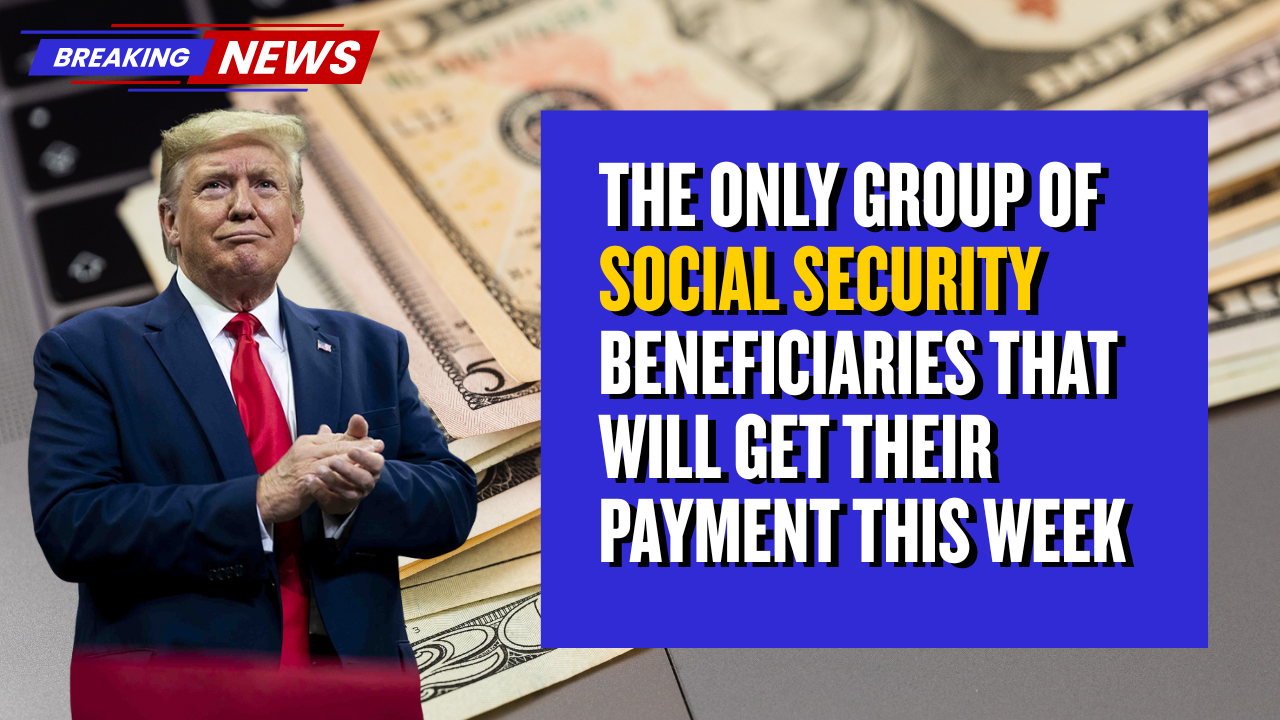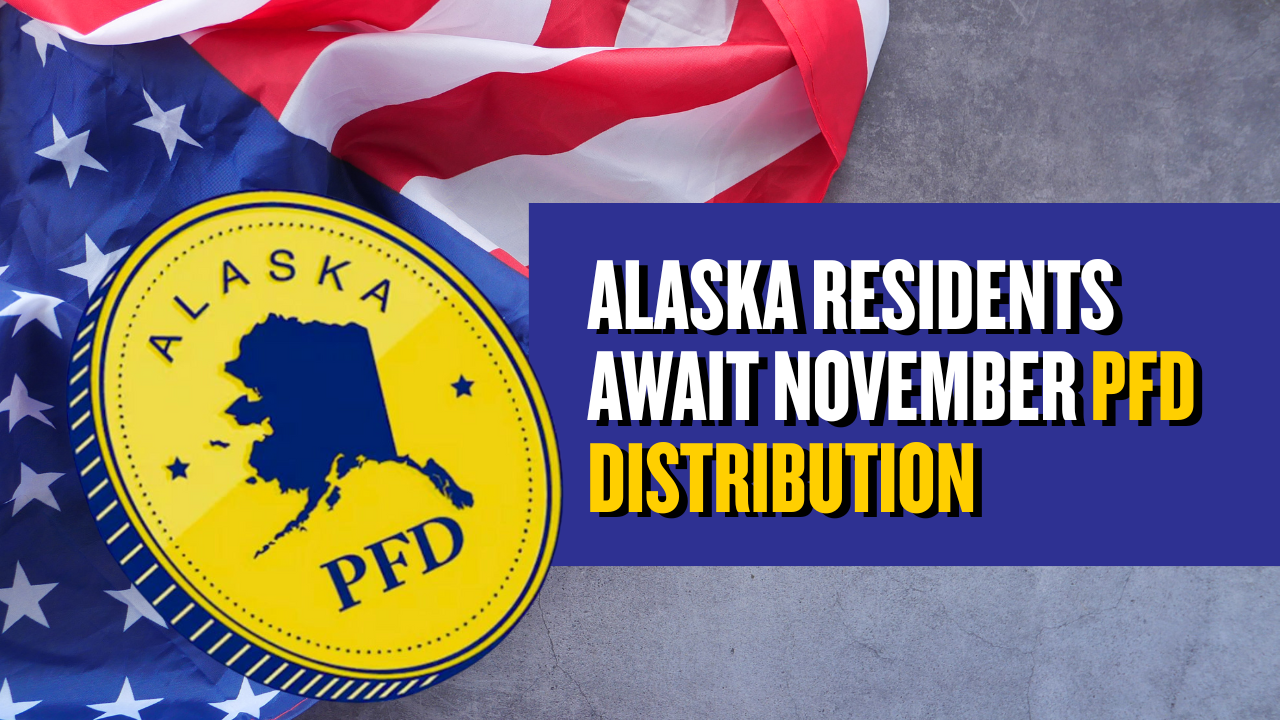In the final week of November, only one group of Social Security beneficiaries is seeing money drop into their bank accounts. If you’re waiting on your check, understanding how the Social Security payment schedule works will tell you whether you’re in this week’s payout or already paid.
According to the birthdate-based schedule used by the Social Security Administration (SSA), the last wave of November payments goes to people whose birthdays fall between the 21st and 31st of the month. Social Security+1
These payments complete the November income cycle for most Social Security beneficiaries.
Who Got Paid in November — And When
For retirees and other beneficiaries who started receiving Social Security after May 1997, the Social Security payment schedule follows three Wednesday paydays each month: Investopedia+1
- Second Wednesday – Birthdays from the 1st to the 10th
- Third Wednesday – Birthdays from the 11th to the 20th
- Fourth Wednesday – Birthdays from the 21st to the 31st
For November 2025, that meant:
- November 12 – Payments for those born between the 1st and 10th
- November 19 – Payments for those born between the 11th and 20th
- November 26 – Final November payments for those born between the 21st and 31st
If your birthday is in that last range, this week’s Social Security payments are yours. Everyone else has already received their November benefit.
Most people are paid by direct deposit, with paper checks used only in limited cases. NerdWallet+1
December 2025 Social Security Payment Dates
Once November’s final wave is complete, attention turns to the December 2025 Social Security dates. The same staggered structure continues:
- Wednesday, December 10, 2025
- For beneficiaries with birthdays between the 1st and 10th
- Wednesday, December 17, 2025
- For birthdays between the 11th and 20th
- Wednesday, December 24, 2025
- For birthdays between the 21st and 31st
These dates apply to retirement, disability and survivor benefits paid on the birthdate-based schedule. If you rely on this income for rent, utilities or groceries, marking these December 2025 Social Security dates in your calendar can help you plan your cash flow.
Who Follows a Different Payment Schedule?
Not everyone is paid by the Wednesday pattern. There are two big exceptions:
- Beneficiaries who started Social Security before May 1997
- They usually receive their benefit on the 3rd day of each month.
- People who receive both Social Security and SSI (Supplemental Security Income)
- SSI is normally paid on the 1st of the month.
- To avoid overlap and holidays, SSA coordinates dates, which can shift payments to the prior business day.
The Social Security Administration publishes an official payment calendar every year on SSA.gov, and strongly encourages beneficiaries to check it to avoid confusion.
2026 COLA: A 2.8% Boost Is Coming
Beyond this week’s deposit, many are focused on how much more they’ll get next year. Starting in January 2026, benefits will rise thanks to the 2026 COLA increase.
The Cost-of-Living Adjustment (COLA) for 2026 is 2.8%, applied automatically to both Social Security and SSI benefits.
Key points about the 2026 COLA increase:
- It helps protect benefits from inflation
- It is applied automatically — you do not need to file extra paperwork
- Around 70–75 million people receiving Social Security and SSI will see higher payments
This 2.8% boost is slightly higher than the 2.5% COLA applied in 2025, reflecting a modest pickup in price growth.
How COLA Is Calculated
The COLA isn’t set randomly. By law, it is based on the Consumer Price Index for Urban Wage Earners and Clerical Workers (CPI-W), a measure of inflation produced by the Bureau of Labor Statistics.
Here’s how it works in simple terms:
- The SSA looks at the average CPI-W for July, August and September
- It compares that average with the same period one year earlier
- The percentage increase becomes the COLA for the next year
This system is designed so that Social Security beneficiaries do not lose purchasing power when everyday prices rise.
How Much Will Your Benefit Go Up?
The exact dollar increase depends on your current monthly benefit, but the math is straightforward: your current benefit is multiplied by 2.8%.
For example:
- If your 2025 monthly benefit is $1,920,
- A 2.8% COLA adds about $54 per month,
- Raising your 2026 benefit to roughly $1,974.
That extra amount will start appearing with benefits payable from January 2026, following the same Social Security payment schedule you’re already on.
What You Should Do If Your Payment Is Late
If you’re part of this week’s Social Security payments group and your money does not show up on time:
- First, wait one full business day and check with your bank or card issuer
- Then, if it’s still missing, contact the Social Security Administration directly via their national helpline or your local office
- Consider setting up or checking your my Social Security online account to track payment history and verify your details
Staying familiar with the Social Security payment schedule — especially which Wednesday you’re on — makes it much easier to spot real problems versus normal timing.



